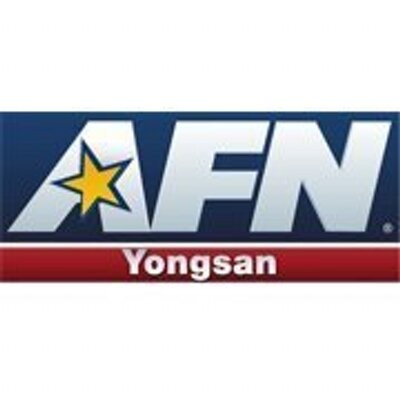AFN Korea Moves to Camp Humphreys
The American Forces Network (AFN) Korea Headquarters is relocating to Camp Humphreys as part of the Yongsan Relocation Program, concluding over 50 years of service from Building 1358 at the Main Post of U.S. Army Garrison Yongsan.
A Historical Broadcast Journey
The inaugural AFN broadcast originated from Panama and Alaska shortly before World War II began. By 1945, during the height of the war, AFN had established around 300 radio stations worldwide. In the early phase of the Korean War, American troops accessed radio content transmitted from Japan. AFN made its Korean debut in 1950, when U.N. coalition forces led by General Douglas MacArthur landed at Incheon, initially setting up in the Banto Hotel (formerly the American Embassy Hotel) in Seoul. The entry of Chinese forces into Seoul in December 1950 compelled AFN to shift operations to Daegu.
Challenges of the Korean War
Due to the constantly changing front lines between North and South Korea, AFN set up mobile vans equipped with transmitters to maintain uninterrupted broadcasts. Some personnel became quite popular during the Korean War, including notable figures such as Casey Kasem, who served as a DJ and announcer in 1952. Jim Perry, later known for hosting TV shows like “Card Sharks,” and Garry Marshall, the creator of “Happy Days,” also contributed to AFN during their military service in Korea.
Transitioning to AFKN
Following the signing of the Armistice Agreement in 1953, AFN transitioned from mobile units to fixed buildings with transmitters, marking the establishment of the American Forces Korea Network (AFKN). The first live television newscast aired on January 4, 1959. Connie Kang Munnelly, who worked for AFN in Yongsan in 1958, reminisced about her experiences in the early days, highlighting the professionalism and handsome appearance of service members.
A Cultural Impact
AFKN played a vital role in cultural and educational exchanges, as local language institutes offered classes labeled “AFKN English” aimed at enhancing Korean students’ English skills. With the evolution of digital television, AFN transitioned away from analog broadcasts on May 1, 2012, evolving into AFN-Pacific Korea. The programming then became accessible exclusively to Department of Defense-authorized personnel, either through cable services or satellite, which allowed the American Forces Radio and Television Services to enhance its entertainment offerings. This was crucial for providing better programs and popular shows to the military community.
A Legacy of Recognition
Throughout its 60 years at USAG Yongsan, AFN Korea has garnered multiple acknowledgments, including several Keith L. Ware Awards and the Thomas Jefferson first place award in audio spot production in 2015. Numerous commanders have engaged with AFN to enhance its offerings. The impending move to Humphreys has been anticipated for years, with many seeing the removal of the sign from the building as a poignant moment, according to AFN-Pacific’s Korea Division Chief Maj. Robert Hoover.
The Future at Camp Humphreys
The Yongsan Relocation Program facilitates the transition of most U.S. Forces and the United Nations Command activities from the Seoul Metropolitan Area in alignment with the realignment of the United States Forces Korea. Operations have officially commenced in Humphreys since October 8, and communication efforts will ensure seamless broadcasting transitioning from Seoul to Humphreys. While radio interviews may be done remotely, television appearances may require some travel; however, technology will aid in overcoming these challenges. AFN is poised to benefit from new facilities and improved technology, and plans are in motion to collaborate with AAFES for secure video-on-demand services. “No one will realize we’re no longer in Yongsan,” said Sgt. 1st Class Tawana Starks, the station manager for AFN-Pacific, Korea.



